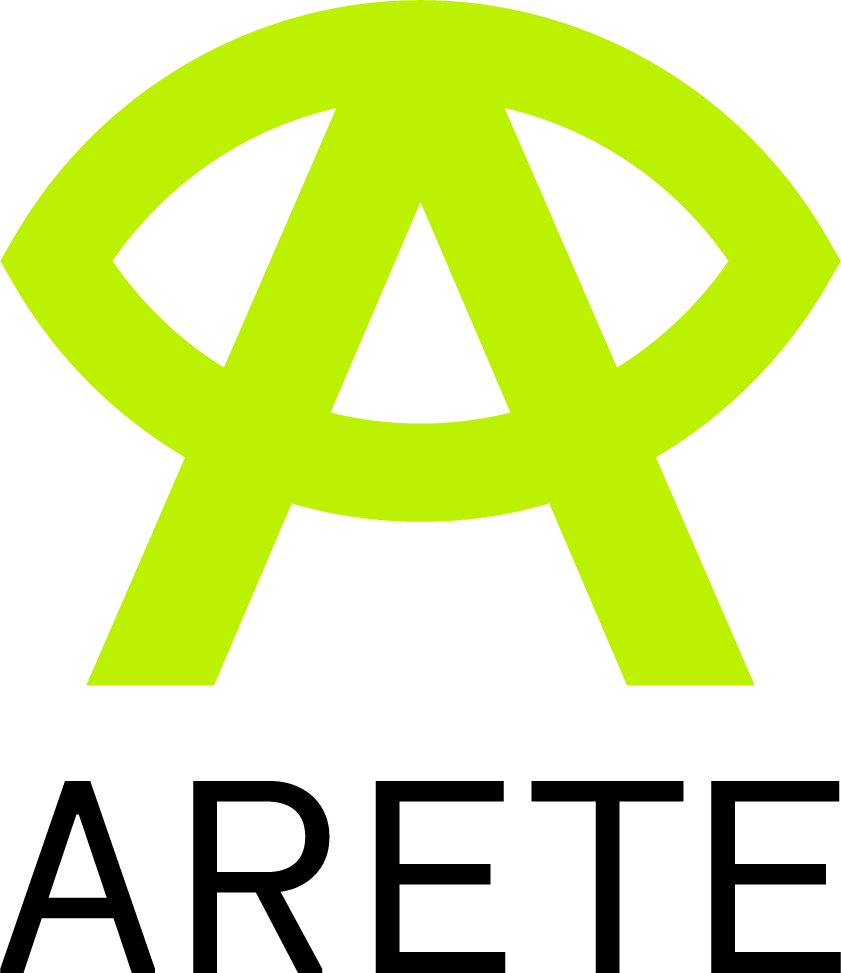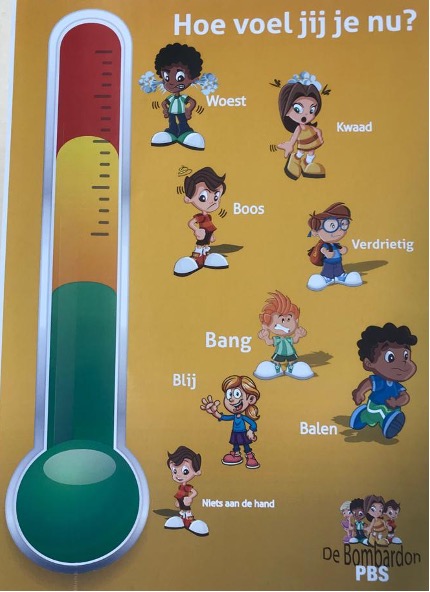Demonstrating affordances and building curiosity through ARETE interactive design
XR technologies are continuing to grow the last decade and present unique opportunities to change the ways of learning and interacting in the new digital form of education. However, although the new norm of remote teaching and learning pushes the need for advanced emerging solutions, the technological divide has limited the widespread adoption below the real potential. Within ARETE open source interactive authoring platform we take advantage of the Augmented Reality technological advancements and we demonstrate via three pilots the affordances for an inclusion of AR content within the primary school curriculum. The framework of standardised assessment of the impact of AR in education enhances awareness of existing technologies, while revealing the additional affordances to explore advancement of the state of the art and inform policy.
Within the ARETE project pilots we aim to demonstrate the affordances in terms of the AR experience from the user perspective and progression. This will include the goal of each pilot (what is that the user is trying to accomplish within the AR interactive environment, what does the user need to know to engage with the narrative scenario for each pilot); the design orientation of the pilot (how to the AR designers ensure that the AR experiences unfold to the user in a natural cohesive manner and how the scenarios have been designed); feedback to the users (in terms of immediate response from the AR based system to ensure the appropriate actions take place for user progression). Theoretically, we will investigate based on quantitative and qualitative information from each pilot the affordances that differentiate the AR technologies from standardised teaching and learning procedures in order to validate the approach and understand whether stakeholders will adopt these technology.



